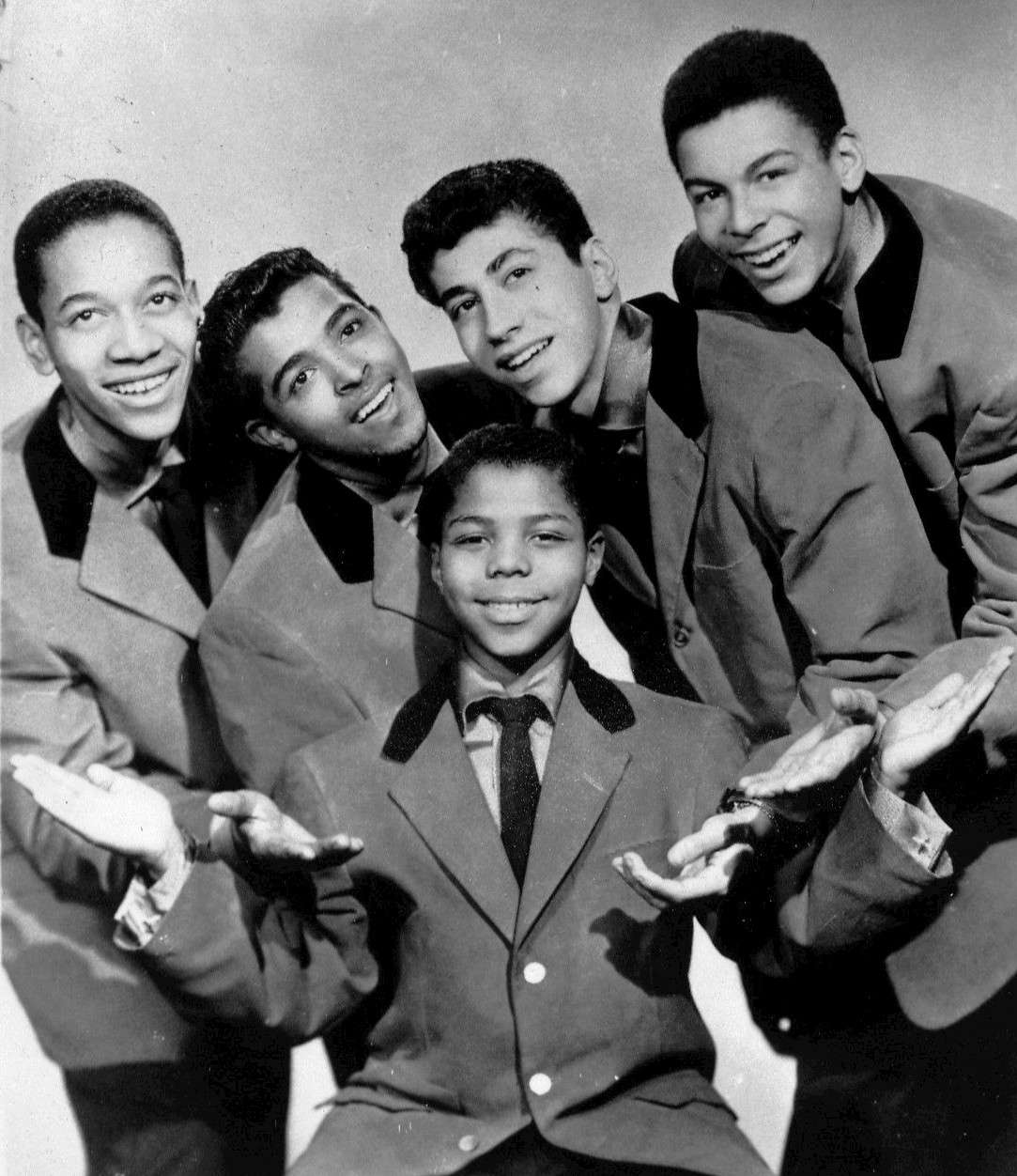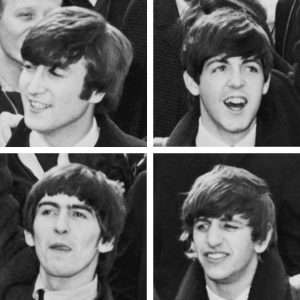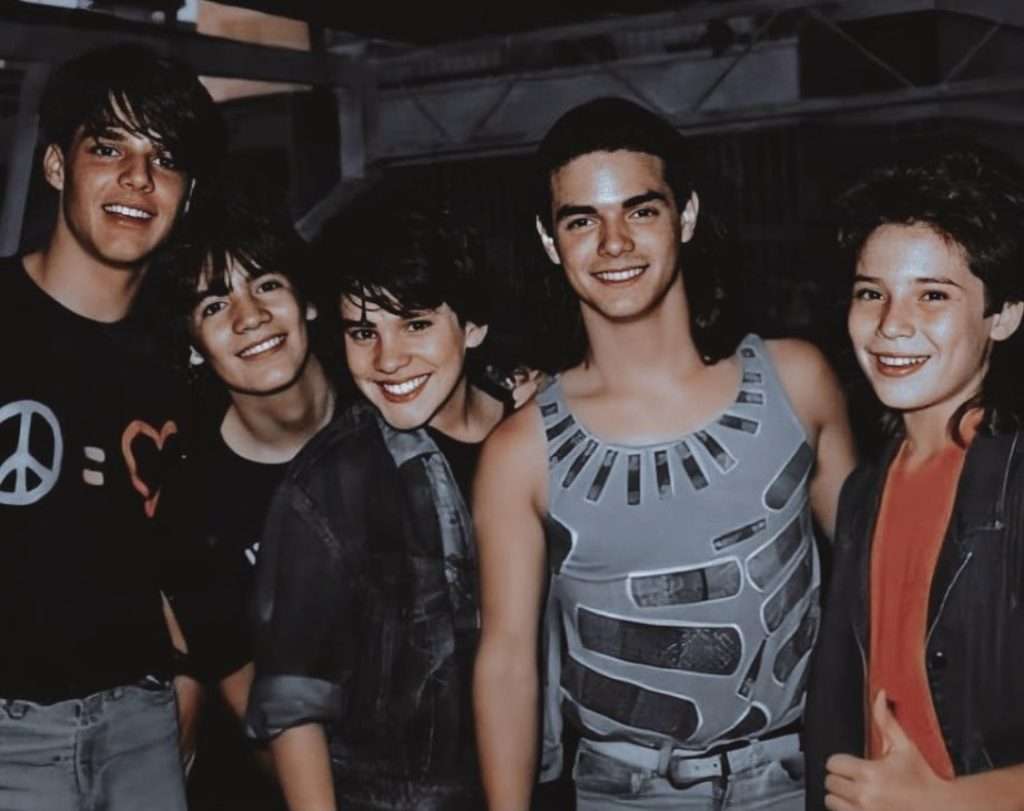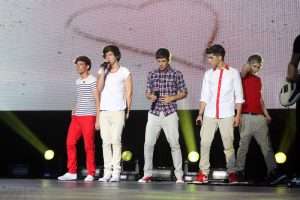Boy bands have been making hearts flutter and charts climb for over seventy years. More than just coordinated outfits and catchy hooks, they’ve become cultural mirrors—reflecting how we listen, love, dress, and obsess. While the sound, structure, and aesthetics of boy bands have evolved with each generation, their emotional impact has stayed consistent.
Their story begins on street corners and ends (for now) in animated universes.
Doo Wop Dreams (1940s–1950s)
Before synchronized dance routines or custom merch, there were the raw, heartfelt harmonies of Doo Wop. Born in African American communities in cities like New York and Philadelphia, groups like The Platters, The Drifters, and The Teenagers laid the vocal foundation of what would later become the boy band blueprint.
With rich a cappella harmonies and emotionally resonant lyrics, these groups didn’t just perform, they serenaded. The structure of one standout lead backed by harmonizing members became the DNA for countless future groups.
Recommended Listening: “Why Do Fools Fall in Love” – Frankie Lymon & The Teenagers

The Beatles and Beatlemania (1960s)
Though often placed in the rock pantheon, The Beatles were the first true global boy band phenomenon. With their charming personas, mass-market appeal, and iconic romantic hits like “She Loves You,” they redefined what a band could be.
Each member had a distinct “role” (the cute one, the quiet one, the funny one…), triggering one of the first waves of global fan identity and devotion. Beatlemania wasn’t just a music moment—it was a fan culture revolution.

Cultural First: The Beatles laid the groundwork for boy band branding, personality marketing, and worldwide merch mania.
Soul Meets Youth: The Jackson 5 (1970s)
Then came The Jackson 5, with a preteen Michael Jackson leading his brothers in polished Motown hits that blended pop hooks with serious soul power. Songs like “ABC” and “I Want You Back” became generational anthems.
They were the first Black boy band to fully break into the mainstream pop scene fully, shattering racial barriers and proving the power of family-driven charisma. Their coordinated outfits, choreographed performances, and massive cross-generational appeal set a high standard for decades to come.
But as the music industry took note of boy band marketability, the formula began to shift—from pure soul to pop franchise.
The Menudo Model (Late ’70s–1990s)
Over in Puerto Rico, Menudo introduced a bold new formula: rotating members. As boys aged out, they were replaced, allowing the group to remain forever young and perpetually marketable.

Menudo wasn’t just a band—they were a multimedia machine, starring in TV shows, movies, and international tours. As one of the first bilingual boy bands to gain global traction, they helped launch stars like Ricky Martin and created a blueprint for idol training long before the K-pop explosion.
The Teen Pop Explosion: NKOTB (1980s–1990s)
If Menudo laid the foundation for franchise bands, New Kids on the Block built the teenage empire. With producer Maurice Starr behind them, NKOTB perfected the “boy band persona formula”—a group of guys with contrasting personalities meant to appeal to every kind of fan.
Their coordinated dance moves, massive tours, and mountains of merch (dolls, lunchboxes, posters) transformed them into a cultural phenomenon.
Fans didn’t just swoon—they devoted. There were reports of fainting at concerts, hotel stampedes, and fan mail arriving by the truckload. One girl even mailed them a pizza… frozen, with instructions on how to reheat it. It wasn’t just about the music. It was about the fantasy of connection. NKOTB proved that fans weren’t just buying records. They were buying pieces of a dream.
Vocals Over Flash: Boyz II Men (1990s)
In the same era, Boyz II Men brought the focus back to the music. With amazing harmonies, emotional lyrics, and gentlemanly charm, they showed that boy bands could be soulful, vulnerable, and technically brilliant.
Hits like “I’ll Make Love to You” and “End of the Road” topped charts worldwide and redefined what masculinity and romance looked like in pop music.
Boyz II Men didn’t just harmonize, they humanized the boy band experience.
Boy Band Rivalry: Backstreet Boys vs. NSYNC (Late 1990s–2000s)
This was peak boy band. The world was divided—Backstreet Boys fans on one side, NSYNC stans on the other.
Backstreet Boys leaned into heartfelt ballads and strong harmonies, while NSYNC delivered funkier, dance-heavy tracks. Fueled by producer Lou Pearlman, both groups dominated airwaves with music videos, interviews, and record-breaking tours.
Whether you were listening to “I Want It That Way” or dancing to “Bye Bye Bye,” you weren’t just listening to music—you were living in a fandom.
Boy Band Fandom Then vs. Now
Back in the ‘60s, fandom looked like screaming at airport barricades, writing letters by the thousands, and clutching vinyl LPs like lifelines. By the 2000s, it meant watching TRL religiously, swapping burned CDs, and cutting Tiger Beat posters into heart shapes.
But in the 2010s and beyond, fandom became digital, hyper-connected, and wildly creative. Fans don’t just consume—they co-create. They trend hashtags, write fanfiction, ship bandmates, create edits, choreograph TikToks, and build identities within global fan tribes.
In every era, fandom has been the engine behind the boy band machine—loyal, passionate, and always evolving.
One Direction and the Social Media Revolution (2010s)

Eva Rinaldi, CC BY-SA 2.0 <https://creativecommons.org/licenses/by-sa/2.0>, via Wikimedia Commons
Formed on The X Factor UK, One Direction flipped the boy band script. There were no matching outfits or choreographed routines—just five chaotic dudes with charm, acoustic guitars, and a whole lot of Tumblr energy.
1D built their fandom through Twitter, YouTube, and meme-worthy chaos. Songs like “What Makes You Beautiful” captured a new era of awkward self-awareness, while fans became active participants in the band’s narrative. They didn’t just watch the rise; they built it.
Though K-pop would soon take the global lead, groups like The Vamps, Why Don’t We, and PRETTYMUCH carried the Western torch into the streaming age, showing there was still room for evolution—and heartthrobs—in the boy band universe.
K-pop and the Rise of Virtual Idols (2010s–Present)
Then came the K-wave—an unstoppable force that didn’t just join the boy band tradition but completely reinvented it. Groups like BTS, EXO, Stray Kids, and SEVENTEEN introduced a new standard built on rigorous training, multilingual fluency, and cinematic storytelling.
These artists debuted not just as singers, but as full-fledged multimedia icons—blending genres like hip-hop, R&B, EDM, and trap with choreographed visuals and deeply interactive fan experiences.
And by 2025, even reality became optional. Netflix’s animated musical K‑Pop Demon Hunters launched fictional groups HUNTR/X and Saja Boys into real-world chart success. “Golden” hit #1 on the Billboard Global chart, “Your Idol” surpassed BTS on Spotify U.S., and the soundtrack cracked the Billboard 200.
Today’s fans don’t need their idols to be real—just meaningful.
The rise of animated boy bands challenges our very idea of authenticity. When the bond feels real, does it matter if the band isn’t?
So… What Is a Boy Band?
A boy band is more than matching outfits and earworm choruses—it’s a mirror of its moment, shaped by the tech of the time, from vinyl spins to TikTok swipes. These groups channel identity, yearning, fantasy, and connection, shifting and growing right alongside the culture they come from.
From Doo Wop street corners to digital avatars topping charts, boy bands have always sung the songs of love, heartbreak, and belonging right to the pulse of each generation.
Whether you’re streaming BTS or throwing it back to One Direction, you’re not just a fan. You’re part of a movement.
These movements would be a part of pop history—one chorus, one fandom, one era at a time.
